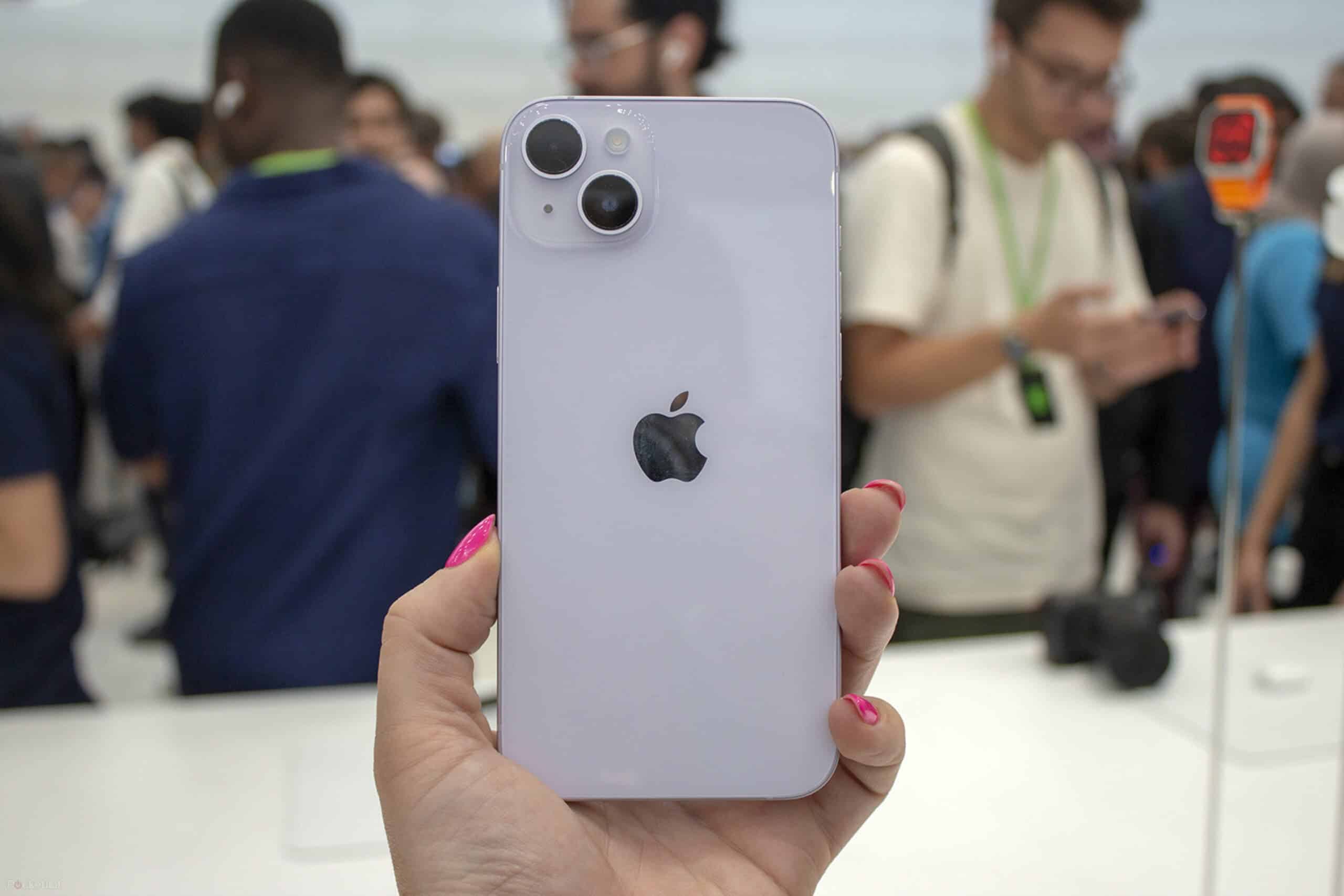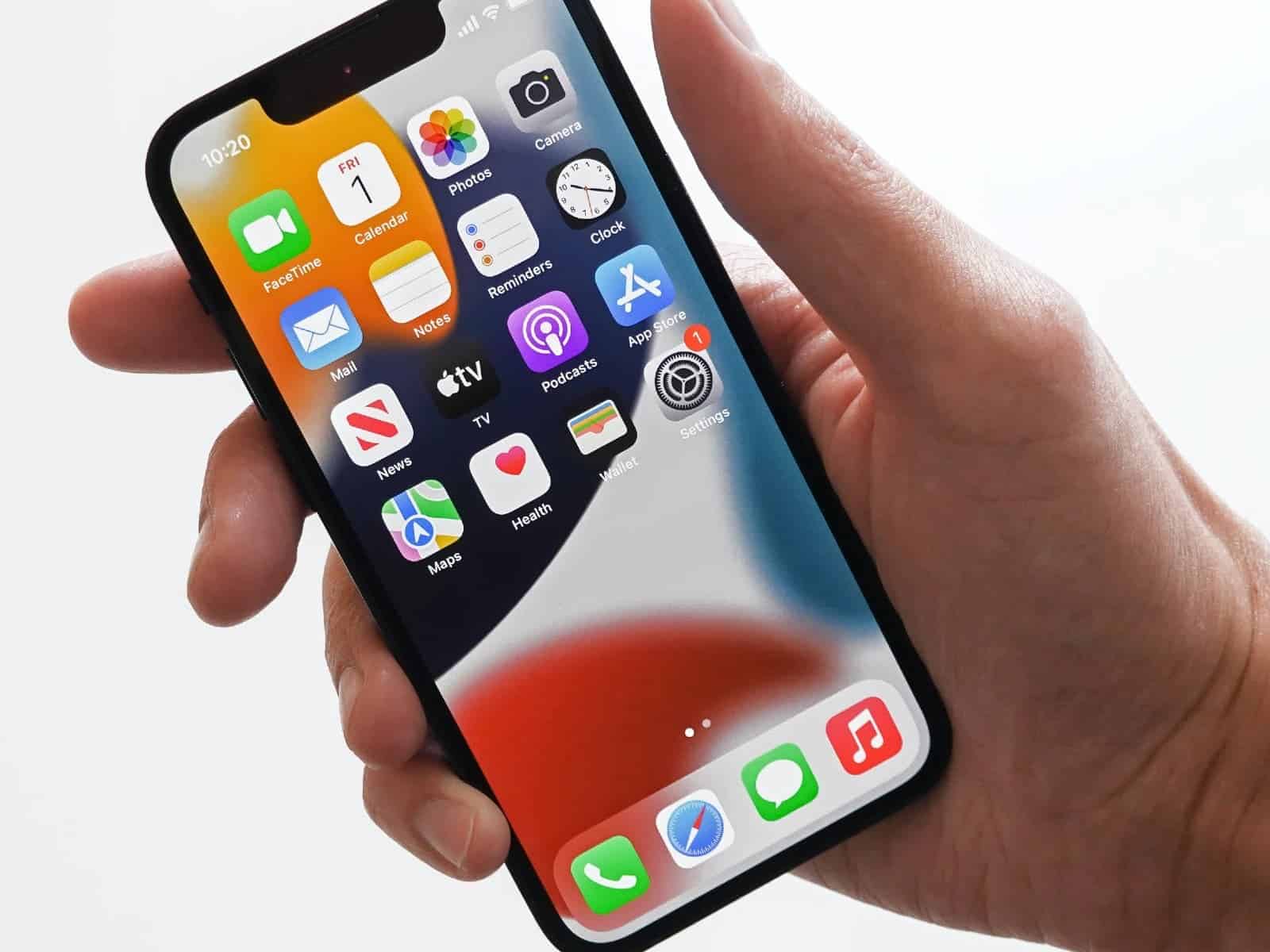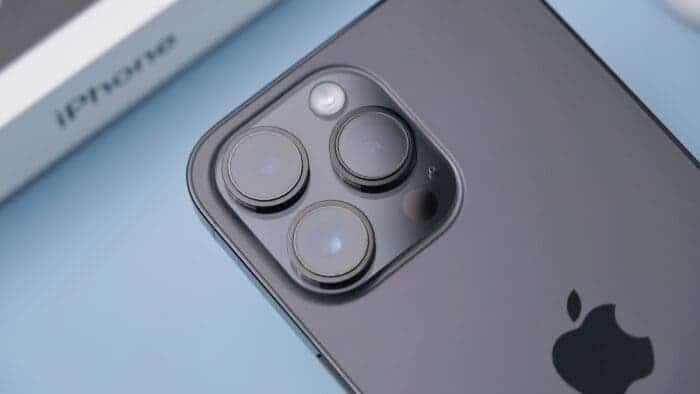It seems that Apple will continue its planned intentional obsolescence despite all the claims and suits. The Cupertino giant has recently been the target of a new complaint from the french HOP association which fights planned obsolescence and aggressively works to stop this kind of exploitation. In other words, the manufacturer would prevent users from updating or even fixing their smartphones.
Keep in mind that one of Apple’s greatest crises in company history occurred in 2017. The Cupertino brand acknowledges using planned obsolescence on its iPhone models in response to charges made by John Poole, the founder of Geekbench. Naturally, this was justified by pointing out the benefit to users, in this case, the maintenance of autonomy. However, the authorities were unconvinced, and several countries fined the brand millions of dollars.
Although there has been some relative peace since then, allegations against Apple have never truly vanished. Recently, the HOP association is once more bringing these to light. The organization accuses the manufacturer of “serialization” in a paper that is roughly sixty pages long. Even if you’ve never heard of this practice, it has a long lasting effect on how we can use our devices in the future.
Apple repair parts

Serialization, according to a press statement issued by HOP on Wednesday, December 7, “involves connecting the serial numbers of a product’s components and peripherals with those of the iPhone via microchips in particular”. In other words, Apple maintains track of every part of its iPhones. So that it can be informed when a part needs to be changed. According to the group, “This approach has recently affected the components that break down the most frequently (screens, batteries, cameras, etc.).”
Of course, this is a foolproof means for Apple to determine whether the replacement parts chosen by customers. Or, in the event that they don’t, repairers adhere to its own list of approved parts. In the event that this is not the case, the iPhone becomes useless, as noted in the HOP report. Which lists various testimonials in which the smartphone ceases to function after repair. And this is despite the fact that they chose similar and original components.
Not only that. HOP contends that this approach enables Apple to limit the performance of old iPhone models via updates. The group uses the iPhone XR as an example, which some users find impossible to support iOS 16. The most recent operating system does in fact cause issues with the touch screen. Which the manufacturer likes to blame on compatibility issues with unapproved components. The issue goes away once iOS 15 is restored to the iPhone XR.
Apple is accused of planned obsolescence

“These malfunctions observed repeatedly, without information and without a solution provided to the user or the repairer and they are not simple “bugs”. Instead, they are intended to disadvantage independent repair or reconditioning, to the benefit of the sale of new smartphones or high cost repair, at prices that are frequently very high for consumers,” claims the HOP association.
The program, which gives users access to a large inventory of spare parts to fix their own devices, is particularly promoted by Apple as a standard to highlight its desire to provide more robust products. Naturally, the purchase must not exceed a specific expiration period that is unknown to the buyer. So let’s hope the manufacturer’s parts do not experience the aforementioned issues.
is Apple making fun of consumers?

The slowed down iPhone case that has hit Apple since the end of 2017 raises many questions. The brand is the subject of several investigations for planned obsolescence. To ease tensions, Tim Cook has multiplied announcements, promises and measures. But their impact seems quite low. Is Apple making fun of users?
At the end of 2017, Apple was hit by a case surrounding the iPhone. The Cupertino company was programming its smartphones so that performance gets lower as updates are made. Or as soon as a new model is available. Tim Cook, CEO of Apple, then explained that this choice had been made to save the battery which deteriorated over time. This justification did not convince. Worse, the confessions of the CEO have aroused the suspicions of consumer associations. Around the world, complaints took place for planned obsolescence and deception. In France, Italy, the United States and South Korea, justice has responded favorably to complaints. Investigations have been open in all these countries.
To ease tensions, Apple has been more communicative than ever in such cases. Tim Cook acknowledged that the company had lacked transparency. He even specified that they should have left the choice to the user. The firm has even implemented exceptional measures. But all of these reactions fall short. Apple gives the impression of making fun of consumers.
Regarding Apple and the case of slowed iPhones, it is not entirely accurate. Perhaps also because the Cupertino company did not fully acknowledge its fault. Following the scandal, the brand initially remained silent. Until the case made too much noise to ignore. A press release was then available by the Californian giant to give its version of the facts.
Apple acknowledges in this document that iPhones degrade in performance over time automatically. Specifically, each update slows down the smartphone a little more. But to drown the fish, the company explained that it had taken this step for the good of the users. Indeed, reducing the performance of aging models would slow down the deterioration of the batteries, and therefore of the autonomy. A “yes but” that is difficult to pass to the general public. Because Apple does not leave the choice to users. Some may prefer to maintain good performance and see reduced autonomy.





